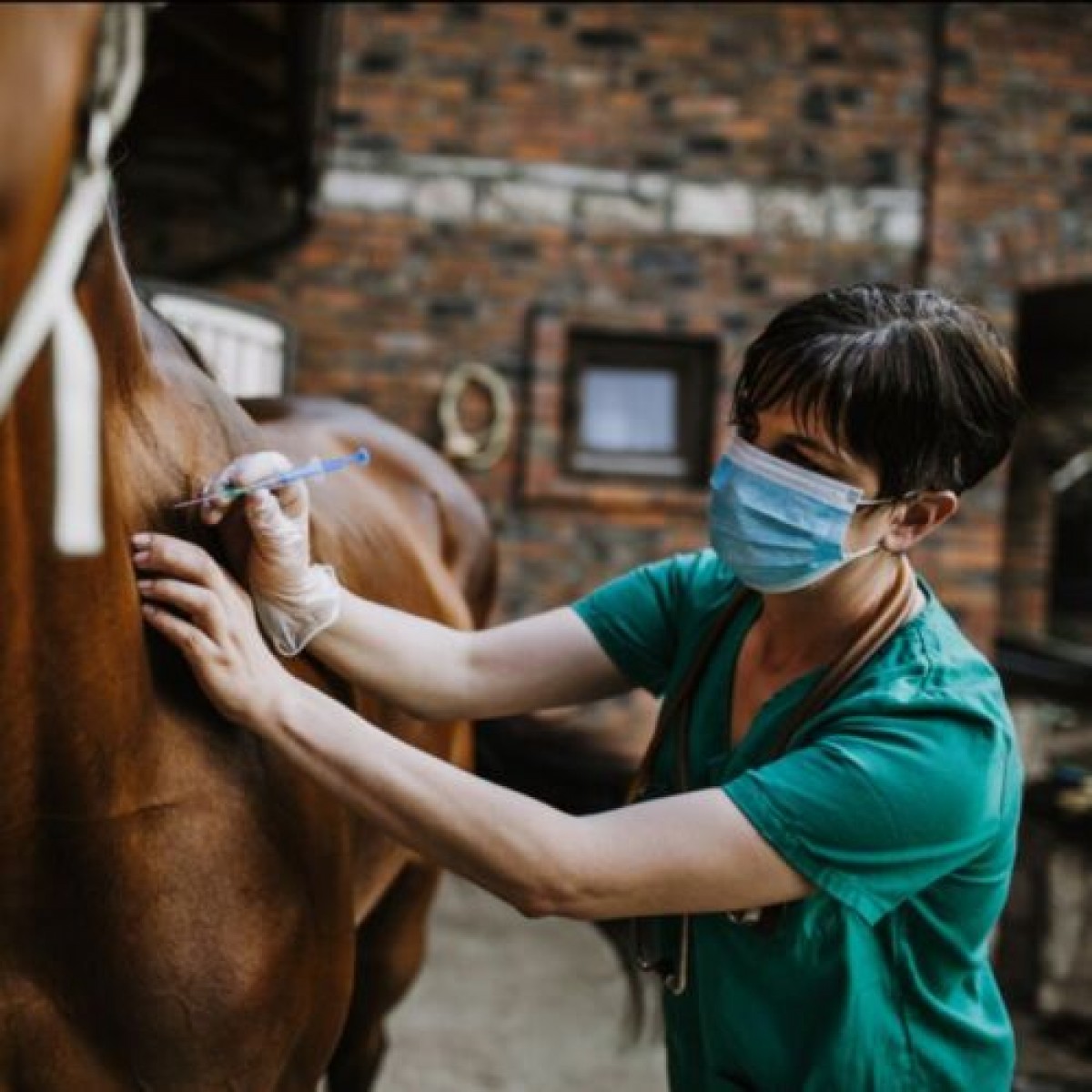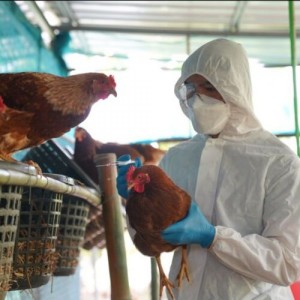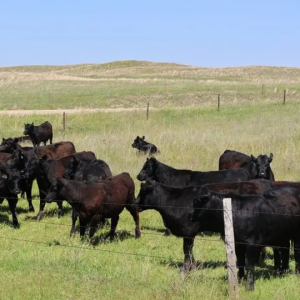Equine Market Review
by Jenny Alonge
The global equine healthcare market, which was valued at $2.71 billion in 2022, is expected to grow at a compound annual growth rate (CAGR) of 6.02% from 2023 to 2030 and reach approximately $408 billion. This impressive industry growth was fueled by increased equine healthcare demand, market stakeholder initiatives, equine racing and sports industry investment, and increased equine disease incidence. The COVID-19 pandemic impact, including equine facility closures, telehealth-based veterinary practice models, and industry wide staffing shortages, was damaging, but the market seems to have recovered.
Equine industry growth
Horse owners are increasingly aware that veterinary care for their horses’ health and wellbeing is extremely important, which is fueling an increasing demand for effective preventive and treatment strategies. In addition, governments and commercial institutions are recognizing the danger of zoonotic diseases and investing in animal healthcare infrastructure development.
Equine recreational activities also impact spending on horse care, equipment, and activity fees. For example, in Minnesota, activities such as riding lessons and trail rides add $341 million in incremental economic value and 7,181 jobs.
Better access to equine veterinary specialty facilities that provide cutting-edge diagnostic and treatment services is also a factor in promoting equine industry expansion.
Pharmaceutical factors
The rising interest in equine healthcare has led to market growth for prescription and over-the-counter pharmaceuticals, which dominated the 2022 equine market with a more than 30% revenue share. This is mostly attributed to initiatives launched by market participants such as Zoetis and Boehringer Ingelheim International GmbH.
From 2023 to 2030, the “others” pharmaceutical segment is expected to grow the fastest at about 8%. This segment includes regenerative therapies, such as Interleukin-1 Receptor Antagonist Protein (IRAP), platelet rich plasma (PRP), Pro Stride, stem cell therapy, and Alpha 2 EQ.
Infectious disease factors
Parasite control was also a large contributing factor to the 2022 equine market, with a more than 20% share. This field is expected to remain robust as horse owners seek to protect their horses from external and internal parasites.
According to the OIE, more than 12,000 equine influenza cases were reported worldwide from 2017 to 2021, and a 6% increase is expected from 2023 to 2030. Horse owners, especially those with race and sport horses, want to keep their horses healthy and at optimal performance levels, and the influenza threat increases awareness about establishing appropriate prophylactic measures against equine diseases.
Activity factors
The sports and racing segment held the largest share of equine activities in 2022 at more than 40% and is expected to grow at a 6% rate during the forecast period. Robust equine sports and racing enterprises in key markets, such as the United Kingdom, United States, France, Netherlands, China, and Australia, contribute to this growth.
At the 2021 Dubai Equestrian Procurement Forum, the Dubai Equestrian Club and Dubai Racing Club chairman announced new initiatives to promote Dubai as a horse racing industry regional hub. Such supportive initiatives are also contributing to the market growth.
Distribution channel factors
Equine healthcare products were most commonly distributed by veterinary hospitals and clinics in 2022 with a more than 40% share, most likely because of an increased number of veterinary hospitals, clinics, and veterinarians. According to the American Veterinary Medical Association (AVMA), the number of U.S. veterinarians increased from 118,624 in 2020 to 124,069 in 2022, and the number of private practices increased from 75,349 in 2020 to 78,717 in 2022.
The e-commerce segment is expected to expand at the highest CAGR of 6% in the near future, because these enterprises (e.g., Chewy) allow consumers to order products online without leaving home.
Regional factors
The largest equine healthcare numbers were in North America, which had a more than 35% share in 2022. The region’s 10.96 million horses, 300 racetracks, and 33,567 annual horse races explain the region’s dominance.
The Asian Pacific region is expected to experience the fastest growth of more than 6% during the forecast period. This market is being propelled by increased demand for horse medicinal feeds, a surge in equine disease prevalence, and more government measures promoting equine health.
Industry stakeholder factors
In the competitive equine market, leading players and industry stakeholders are driving growth by deploying strategic initiatives, launching and upgrading products, expanding portfolios, developing partnerships, and participating in mergers and acquisitions. Prominent global equine healthcare market players currently include:
- Zoetis
- Boehringer Ingelheim International GmbH
- Ceva
- SOUND
- MERCK & CO., INC.
- Hallmarq Veterinary Imaging
- ESAOTE SPA
- Vetoquinol S.A.
- IDEXX Laboratories, Inc.
- Dechra Pharmaceuticals PLC
Source: https://www.grandviewresearch.com/industry-analysis/equine-healthcare-market-report













List
Add
Please enter a comment